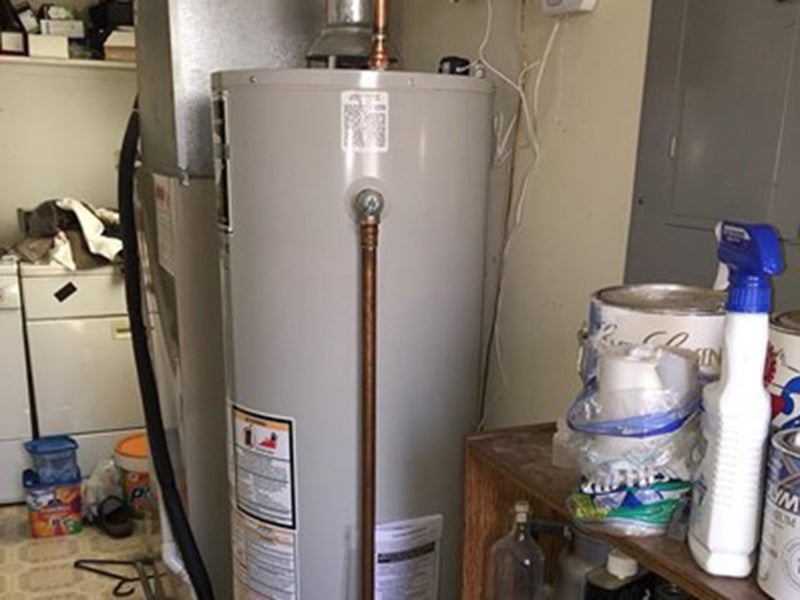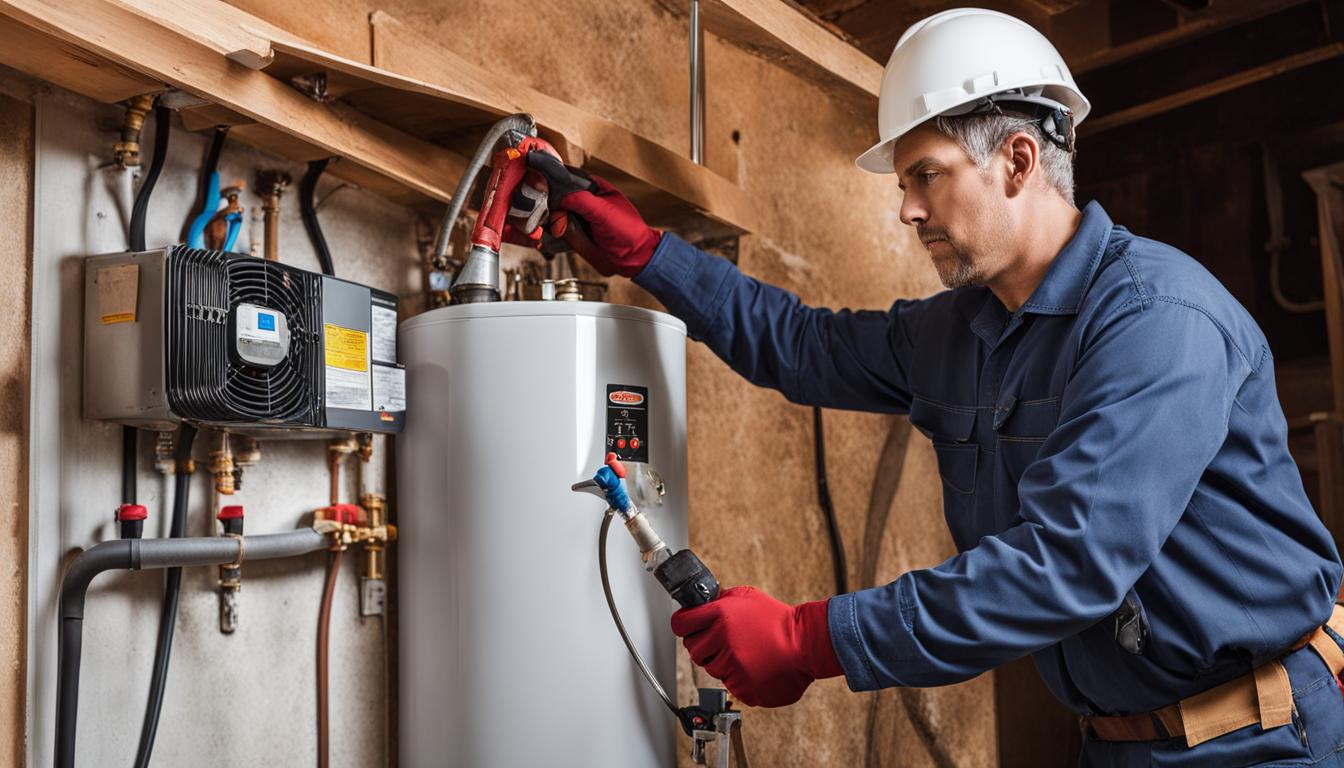Easy Steps to Caring for Your Home's Hot Water SystemSimple Methods to Care for Your Home's Hot Water System Effectively
Easy Steps to Caring for Your Home's Hot Water SystemSimple Methods to Care for Your Home's Hot Water System Effectively
Blog Article
Are you currently in search of details about Tips For Maintaining Your Hot Water Heater?

Warm water is important for everyday convenience, whether it's for a refreshing shower or washing meals. To ensure your warm water system runs efficiently and lasts longer, routine upkeep is key. This short article supplies practical tips and insights on exactly how to keep your home's hot water system to prevent disturbances and pricey repair work.
Introduction
Preserving your home's warm water system might appear daunting, however with a couple of straightforward actions, you can ensure it operates smoothly for several years ahead. This guide covers whatever from comprehending your warm water system to do it yourself upkeep tips and recognizing when to hire professional aid.
Relevance of Keeping Your Hot Water System
Routine upkeep not just expands the lifespan of your hot water system however likewise guarantees it operates effectively. Overlooking upkeep can result in lowered performance, higher energy costs, and even premature failure of the system.
Signs Your Hot Water System Needs Maintenance
Knowing when your hot water system needs interest can avoid major problems. Keep an eye out for indicators such as inconsistent water temperature, odd sounds from the heater, or corroded water.
Understanding Your Hot Water System
Prior to diving right into maintenance jobs, it's helpful to comprehend the standard parts of your hot water system. Usually, this consists of the hot water heater itself, pipes, anode rods, and temperature controls.
Month-to-month Maintenance Tasks
Regular regular monthly checks can assist capture small concerns before they escalate.
Flushing the Water Heater
Purging your hot water heater removes sediment build-up, improving effectiveness and lengthening its life.
Monitoring and Replacing Anode Rods
Anode rods stop deterioration inside the tank. Inspecting and replacing them when worn is vital.
Inspecting and Readjusting Temperature Settings
Changing the temperature level setups ensures optimal performance and safety.
DIY Tips for Maintenance
You can do numerous upkeep jobs yourself to keep your hot water system in top condition.
Checking for Leaks
Regularly examine pipes and connections for leaks, as these can cause water damage and higher bills.
Evaluating Pressure Relief Valves
Checking the pressure safety valve guarantees it functions properly and protects against too much stress build-up.
Shielding Pipelines
Shielding warm water pipelines decreases heat loss and can conserve power.
When to Call an Expert
While DIY maintenance is advantageous, some issues require professional proficiency.
Facility Issues Requiring Specialist Aid
Examples consist of major leaks, electrical problems, or if your hot water heater is continually underperforming.
Regular Specialist Upkeep Advantages
Professional upkeep can include comprehensive examinations, tune-ups, and making certain conformity with security standards.
Conclusion
Normal maintenance of your home's hot water system is essential for performance, durability, and cost financial savings. By complying with these suggestions and knowing when to look for professional help, you can make certain a trustworthy supply of hot water without unexpected interruptions.
Water Heater Maintenance Tips
Test the TPR Valve
Shut off the power and the cold-water supply valve. Place a bucket under the pipe connected to the temperature-pressure-release (TPR) valve on the top or side of the tank. (This valve opens if the tank pressure gets too high.) Lift the valve’s tab to let some water out, then let go. If water keeps flowing, drain the tank partway, unscrew the old valve with a pipe wrench, and install a new one. Check the Anode Rod
Put a hose to the tank’s drain cock and let out a few gallons of water. Now fit a 1 1/16-inch socket onto the rod’s hex head on top of the heater (or under its top plate) and unscrew the rod. If it’s less than ½ inch thick or coated with calcium, buy a new one, wrap its threads with Teflon tape, put it back in the tank, and tighten securely. Use this segmented rod if headroom above the tank is limited. Drain the Tank and Wash Out Sediment
Drain the remaining water in the tank into the bucket, then stir up the sediment on the tank’s bottom by briefly opening the cold-water supply valve. Drain and repeat until clean water comes out of the hose. Close the drain cock, refill the tank, and turn its power back on. Adjust the Temperature
Find the temperature dial on the side of the tank and unscrew its cover. Adjust the dial to 120 degrees using a flathead screwdriver. For every 10 degrees the temperature is lowered, you can expect to save up to 5 percent in energy costs. Turn the water heater off or the thermostat down to its lowest setting if you plan to be away from home for more than three days. Insulate the Pipes
Buy some self-sticking 3/8-inch-thick foam pipe insulation that matches the pipes’ diameter. Slide the foam over the hot-and cold-water pipes as far as you can reach. Insulating the cold-water pipe prevents condensation in summer. Peel the tape and squeeze the insulation closed. If the pipe is 6 inches or less from the flue, cover it with 1-inch-thick unfaced fiberglass pipe wrap. https://www.thisoldhouse.com/plumbing/21016402/how-to-maintain-a-water-heater

We hope you liked our part on How to Maintain a Hot Water Heater in a Few Simple Steps. Thank you so much for taking time to browse our content. Those who enjoyed our blog posting please remember to share it. I appreciate your readership.
Contact Us Now Report this page